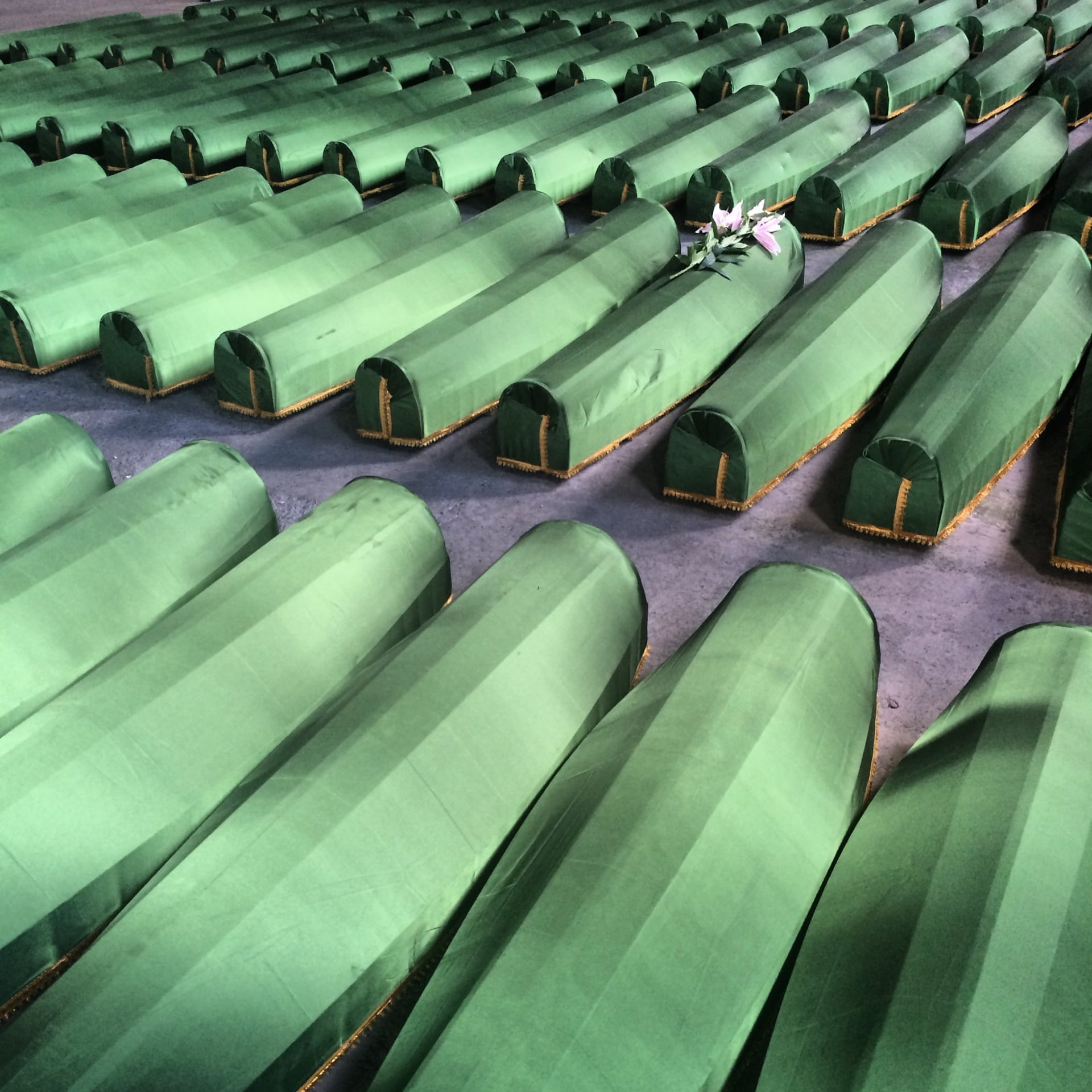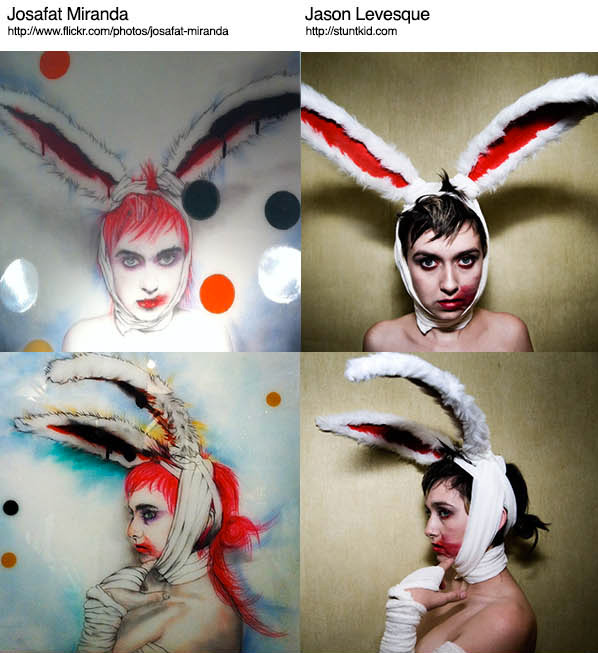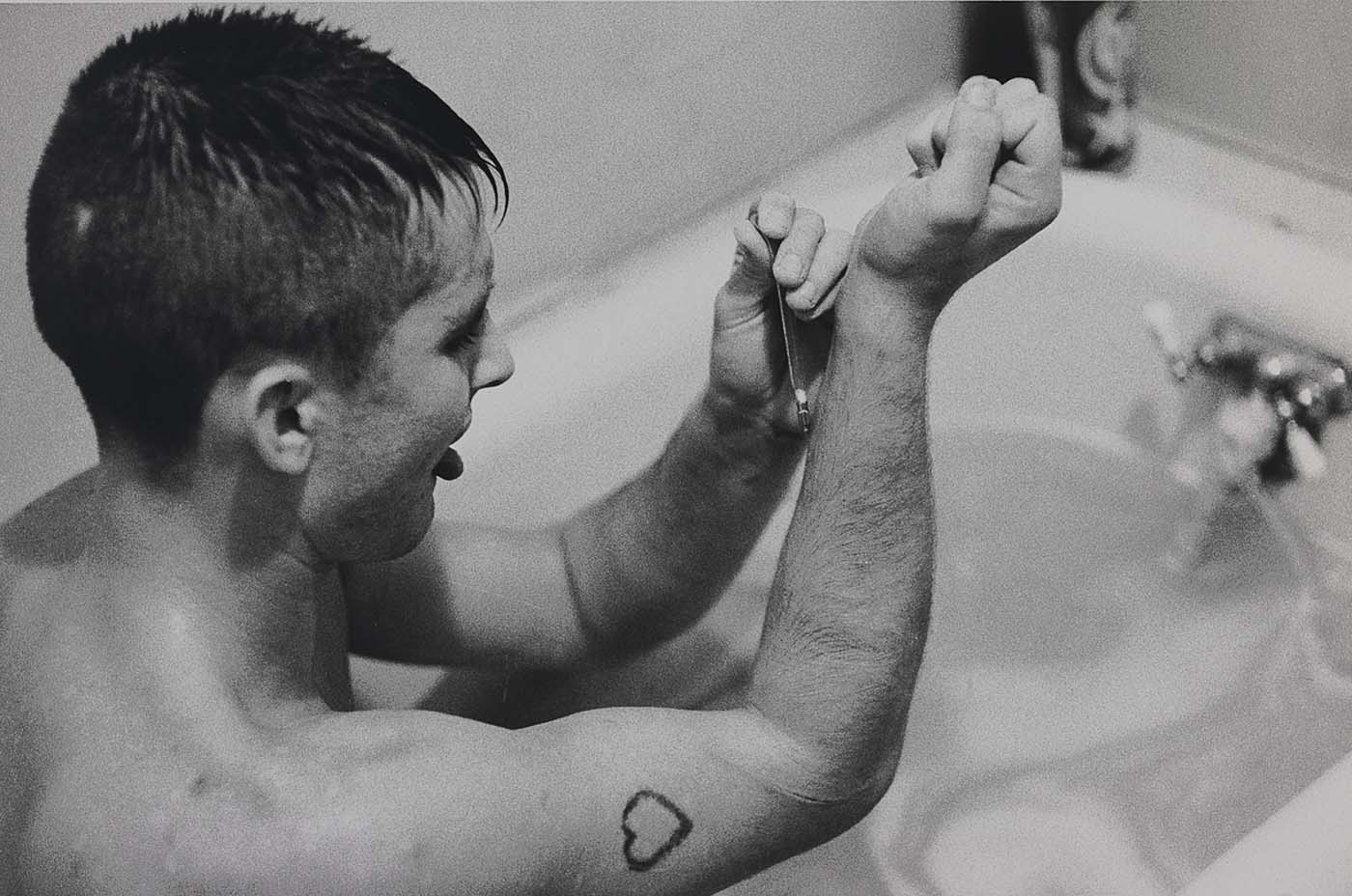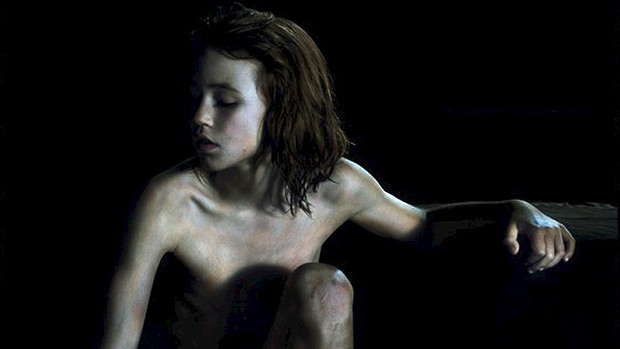
Ahhhhhhh (Exhaling in satisfaction). When doing research for this article it was so nice to find journalism that just took my breath away in the way in which it narrated and displayed the stories of others. Being able to write and express a story in which a person can imagine, feel, and travel through the journey in which the writer leads, is a good artistic piece of journalism. Especially when it is telling someone else’s story of tragedy, crime, and death, and how they took these atrocities and turned them into their own works of art.
Kudos goes out to journalist Emine Saner. No way is Saner’s artistic journal writing a crime. However, Saner has taken Sally Mann’s, Sejla Kameric, and other’s artwork of tragedy, death, and crime and artistically put them on display in her journal writing as a feature writer for the Guardian.
Sally Mann, whose artwork is displayed as the main photo at the top of this article, took death and the gory story behind the concept of what Saner describes as the body farm of the University of Tennessee’s forensic anthropology unit, and turned it into a visionary piece of art. The concept of the work being, “a body looking peaceful in the forest, being reclaimed by nature” (Saner, 2015).
Sejla Kameric, whose artwork is displayed below, took other’s atrocities and the loss of people’s missing family members to death and crime, and made it a beautiful piece of commemoration and tribute.

Kudos to both women for taking what some may view as controversial pieces and bring such pleasantry in their artwork.
The brilliance of each ladies’ artistry is commanding and deserves a standing ovation. Who knew that death, crime, and tragedy could be so light, peaceful, and stunning. The way in which Saner displayed each in her article for the Guardian only expounded on the intricacies of the beauty.
I say again to each artist…KUDOS!







